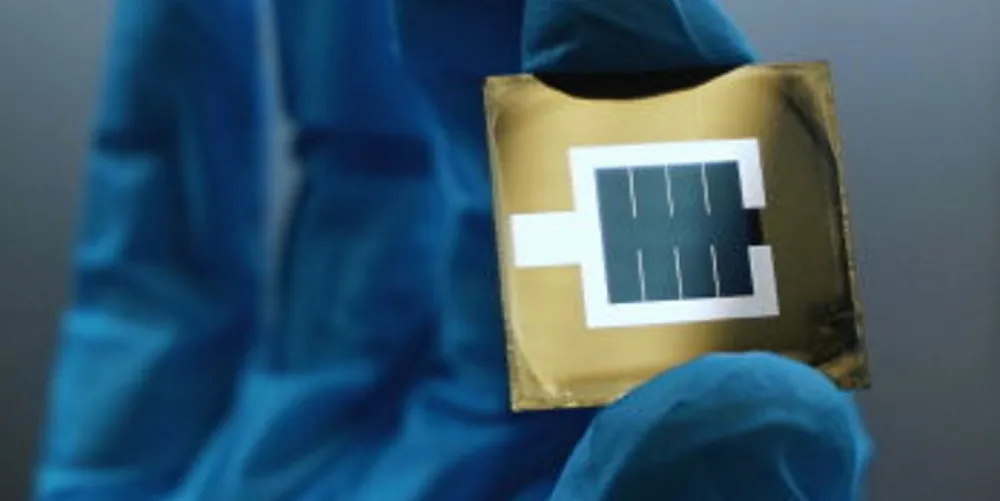'World record' | New German solar cell converts almost a third of sun's radiation into electricity
Heimholtz Zentrum Berlin develops perovskite/silicon tandem system with 32.5% efficiency that far outstrips current mainstream commercial levels

Heimholtz Zentrum Berlin develops perovskite/silicon tandem system with 32.5% efficiency that far outstrips current mainstream commercial levels
